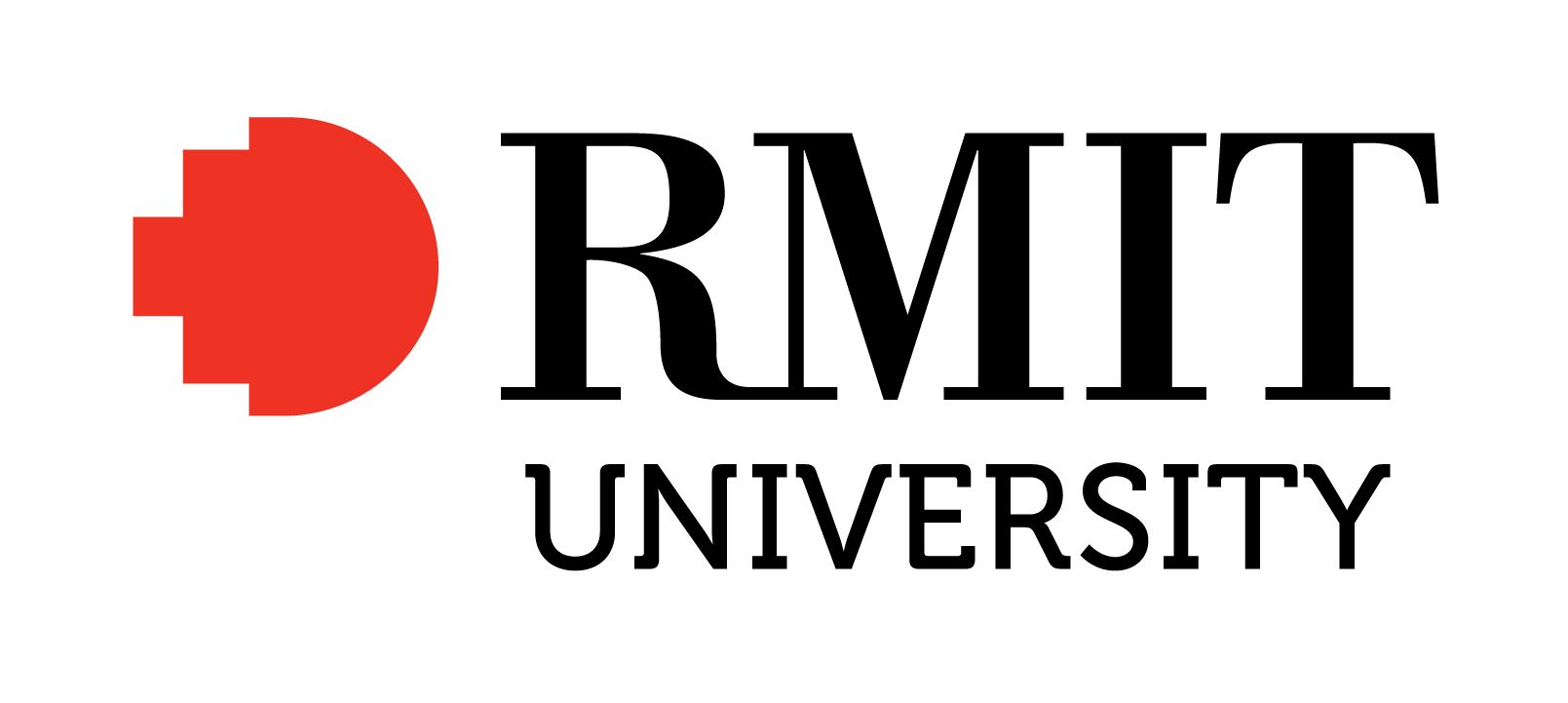Full description
Prestige Limited was formed in 1922 by George Foletta (1992-1973) to manufacture and market ‘fine silken hosiery to a quality unexcelled by either imported or local productions.’ In 1920 Foletta, in partnership with Frank Levy, and backed by his father, set up the Atlas Knitting and Spinning Mills Pty Ltd and by April 1921, the firm was manufacturing Atlas's 'Prestige' brand, high-quality, circular-knit silk hosiery. In 1924 the firm went public as Prestige Ltd. Foletta was managing director (1937-48), chair (from 1943) and governing director (from 1948) of the Prestige group of companies. After WWII Foletta established a design department under the art direction of Gerard Herbst (1911-2011) and began producing Australian designed textiles for clothing, accessories and on commission. Herbst previously worked for Prestige during 1939 and 1940, as a display and advertising manager.
An advocate of Australian design, Foletta gave Herbst a free reign. At this time, the fashion and soft furnishing industry relied heavily on imported textiles, and so Prestige’s commitment to encouraging Australian design was exemplary. Herbst gathered around him a group of young designers, some recent graduates of Melbourne Technical College (now RMIT University), including Susan Tandler, Nan Gooderham and William Salmon, and others recent emigres, Stanislav Ostoja-Kotowski of Poland, and Pauline Gray of England. Other designers included Maxwell (Max) Wymant, designers, Maurice Gunn, Pat Mason, and Shirley Hudson. He created a studio environment with an ethos of experimentation and collaboration and introduced introducing new printing techniques such as ‘Phototext,’ a method of screen-printing photographs onto fabric. Patterns included traditional paisley and floral patterns, as well as modern abstract designs. Many designs were based on natural forms of the Australian environment such as driftwood, seashells, rocks, and leaves. Holeproof, Rodney Ties, Sutex, and Felt & Textiles Ltd were amongst the studio’s clients.
Herbst created novel and innovative publicity campaigns, incorporating dance, film, music, and photography, and many of these are documented in the RMIT Design Archives collection. In the 1950s Herbst collaborated with George Thompson, a filmmaker, to produce several documentary films on design. Three documentary films were - `Portraits in Fabric', `Language of Design', 1950 and `Fabrics in Motion', 1951. `Language of Design' won the Cine Service Documentary Film Award for Herbst and producer/writer Geoffrey Thompson and was shown at Lille, France, as part of an International Textile Exhibition, bringing the company's screen-printed fabrics to the attention of Europe. In 1955 Herbst left the studio and established an independent design practice, designing posters, shop window displays, and later became a senior lecturer at RMIT University. In 1964 the company merged with Holeproof Industries which was then taken over by Pacific Dunlop in 1968. The name Prestige was dropped around 1978.
During his lifetime records Herbst also donated records relating to his career as the art director of Prestige Fabrics, accession lots (0001.2001) and (0097.2012), and this donation include documents, artefacts, and audio-visual material. The larger donation (0097.2012) comprises 7 boxes of material: Box 1 and 2 have Prestige textile designs dating from 1949 until 1955, including designs for ties; Box 3 includes designs on paper for textiles; Box 4 photographs of mannequins, textile displays, staff and studio photographs, and photographs relating to the 1951 films ‘Language of Design’, ‘Textile in Motion’; Box 5 includes photographs, film, and media clippings; Box 6 includes film strips, correspondence, media clippings; Box 7 houses film reels. A further donation of 168 slides documenting textiles, window displays was received, accession lot (0017.2014). There have also been several smaller donations by designers and others associated with Prestige and George Foletta, these include donations by: Collette Reddin (1920-2000), accession lot (0030.2001); the trustees of the Estate of the artist Stanislaus Ostoja-Kotkowski accession lot (0002.2006), Grieg Foletta accession lot (0002.2012); Susan Copolov (nee Tandler), (0042.2001). Inventories are available for all these accession lots.
User Contributed Tags
Login to tag this record with meaningful keywords to make it easier to discover


